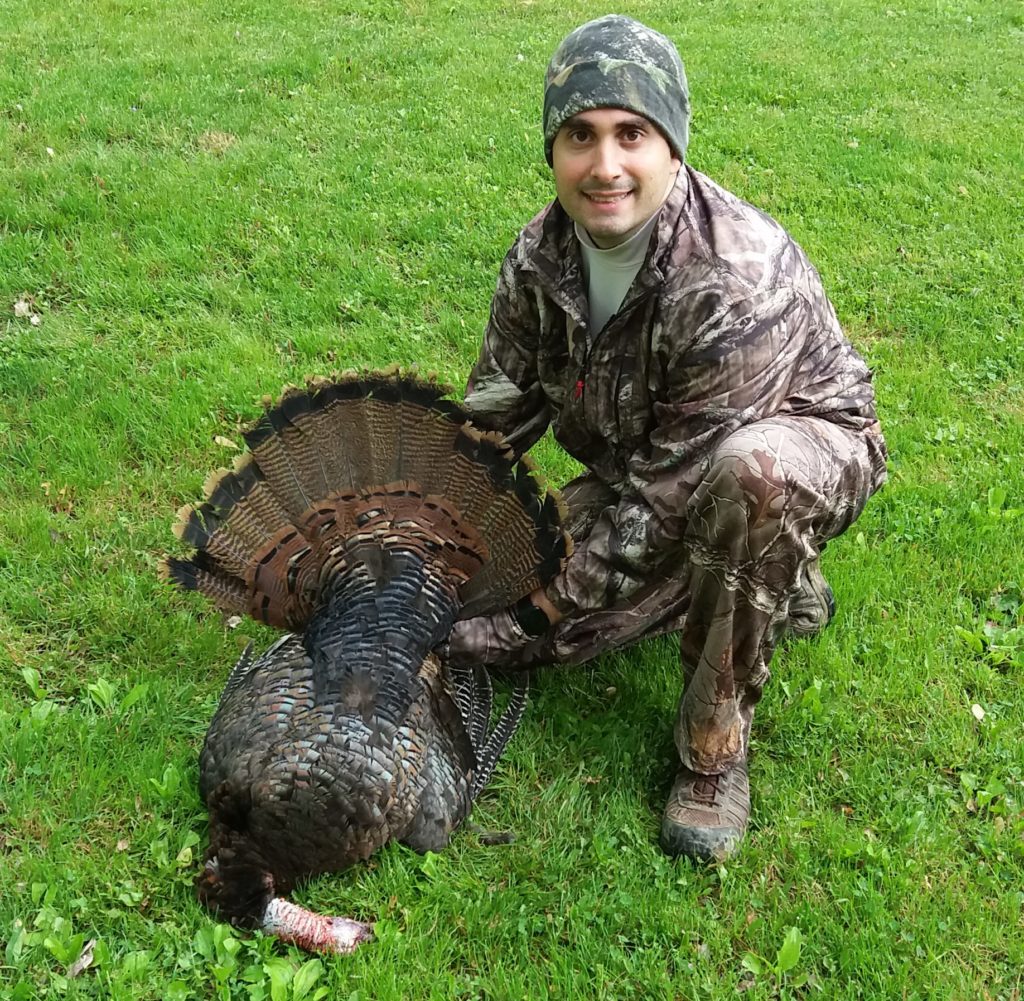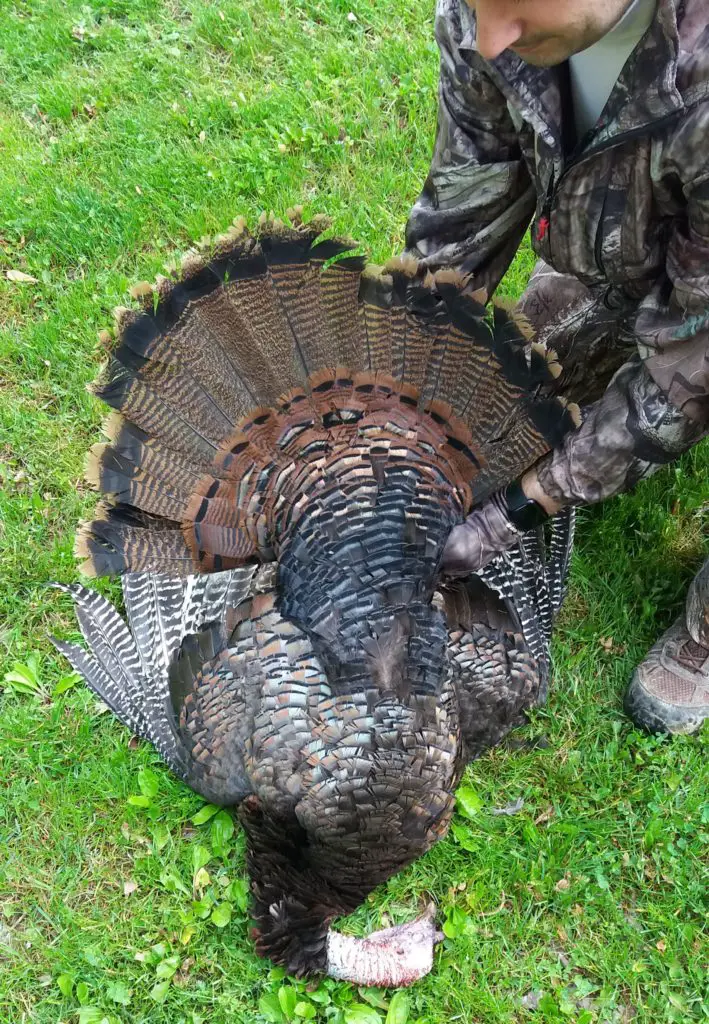Show Notes:
A turkey vest is not the type of gear that will make you a more successful hunting, but it can make you a more comfortable and a more organized hunter. On today’s episode I talk all about the features and benefits of turkey vests and my experience hunting with and without them.
Take Aways:
- Turkey vests encourage you to pack light, travel light, and ultimately carry less gear which means it is less taxing to hunt.
- They have lots of pockets specifically designed for the most common types of turkey calls.
- The better vests are engineered so you can access your regular calls and seat with little to no noise. They can very much help stealth.
- The ones worth buying have attached seats that flip down so you can setup anywhere and at any time.
- Nice features to look for are a built in orange flag you can deploy, padded back, fabric covered magnets to hold things closed and keep things quieter, padded shoulder straps, and a game pouch for game birds (or water, sandwiches, umbrellas, or extra clothes.)
- Here is the review I did on TideWe’s new turkey hunting vest, it has been working really well for me.
A turkey hunting vest is a very important piece of gear for some hunters, it enables them to carry many small intricate things in an easy to access organized way. It is certainly not required, but if you enjoy them, you can really come to rely on how helpful they can be. I do not use one when hunting from a blind on small properties but if I am on the move, I am almost always wearing a vest and thankful that this tool exists.
They have become one of my favorite pieces of gear because of how easily the seat integrates in along with the cushion on the back. You can sit very comfortably for a long period of time and then just pick up and move quickly and easily.
Listen to the whole podcast episode for more information.


